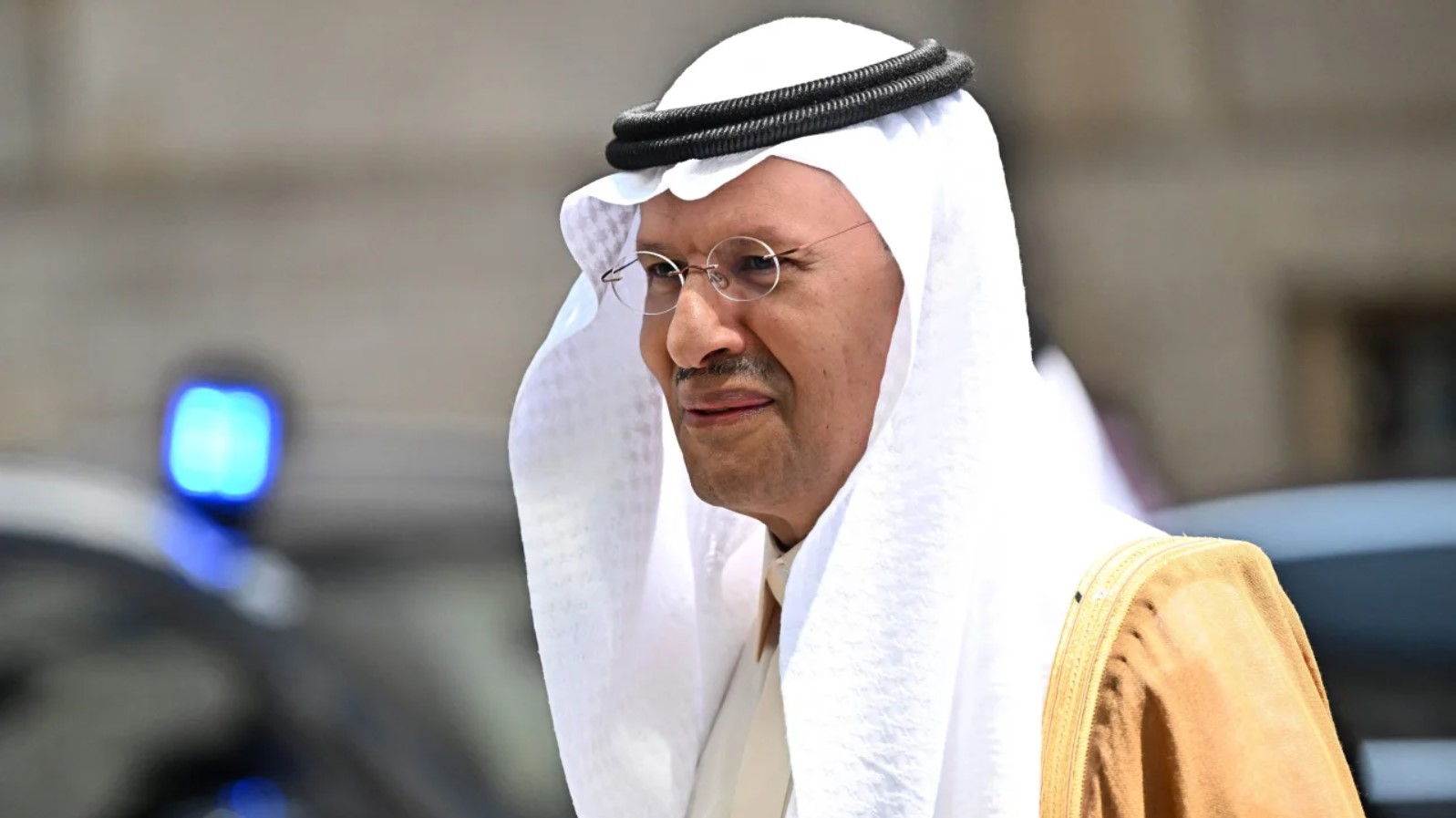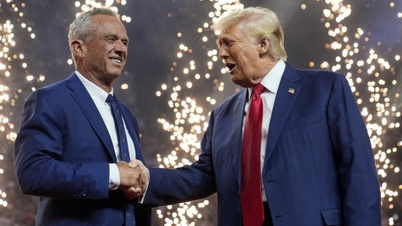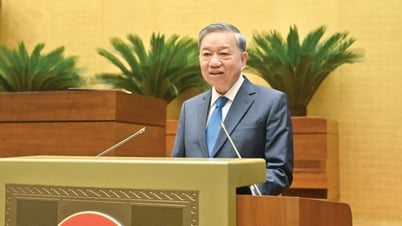The Organization of the Petroleum Exporting Countries and its allies, including Russia (OPEC+), met in Vienna, Austria on June 4 to decide on the next steps in production, as global oil prices remain under pressure from macroeconomic concerns.
The discussions considered both specific production cuts and changes to individual members' output.
OPEC+ has cut 3.66 million barrels/day (accounting for 3.6% of global demand) including 2 million barrels/day from November 2022 and voluntary cuts of 1.66 million barrels/day from May 2023 to the end of 2023.
Russian Deputy Prime Minister Alexander Novak said on June 4 that all voluntary cuts, originally set to expire after 2023, will now be extended until the end of 2024.
Meanwhile, Saudi Arabia announced that it would cut oil production by 1 million barrels per day in July and could extend it beyond that.
Saudi Arabia's energy ministry said the country's output would fall to 9 million barrels per day (bpd) in July from around 10 million bpd in May, the biggest drop in years.
The kingdom is the only OPEC+ member with enough capacity and storage to easily reduce and increase production.
OPEC+ oil production will therefore be at 40.463 million barrels per day from January to December 2024.

Saudi Arabia's Energy Minister Prince Abdulaziz bin Salman said he would do whatever was necessary to bring stability to the oil market. Photo: CNN
Oil prices have fallen over the past 10 months despite efforts by producers to tighten supplies. Saudi Arabia and other members unexpectedly announced cuts in April, but after briefly rising to $90 a barrel, prices reversed course and fell to nearly $70 a barrel last week.
Analysts say this price is not enough for Saudi Arabia and other Middle Eastern producers to balance their budgets.
In May, the International Monetary Fund (IMF) said Saudi Arabia needed oil prices of $80.90 a barrel to balance its budget and finance a number of “mega-projects” that Crown Prince Mohammed bin Salman hopes can transform the economy.
This is a strong statement from Saudi Arabia because 9 million barrels per day is very low for the kingdom, according to Giovanni Staunovo, a commodities analyst at Swiss bank UBS who attended the OPEC+ meeting. The country's maximum output capacity is close to 12 million barrels per day.
Oil prices jumped on the morning of June 5 following Saudi Arabia's announcement. International benchmark Brent crude rose 1.1% to trade at $76.98 a barrel, while U.S. benchmark West Texas Intermediate (WTI) crude rose 1.3% to $72.66. WTI had earlier risen as much as 4.6% while Brent peaked at more than 3.4% .
Nguyen Tuyet (According to CNBC, Reuters, Financial Times)
Source



![[Photo] President Luong Cuong presents the 40-year Party membership badge to Chief of the Office of the President Le Khanh Hai](https://vphoto.vietnam.vn/thumb/1200x675/vietnam/resource/IMAGE/2025/5/19/a22bc55dd7bf4a2ab7e3958d32282c15)

![[Photo] General Secretary To Lam attends the conference to review 10 years of implementing Directive No. 05 of the Politburo and evaluate the results of implementing Regulation No. 09 of the Central Public Security Party Committee.](https://vphoto.vietnam.vn/thumb/1200x675/vietnam/resource/IMAGE/2025/5/19/2f44458c655a4403acd7929dbbfa5039)
![[Photo] Close-up of Tang Long Bridge, Thu Duc City after repairing rutting](https://vphoto.vietnam.vn/thumb/1200x675/vietnam/resource/IMAGE/2025/5/19/086736d9d11f43198f5bd8d78df9bd41)
![[Photo] Panorama of the Opening Ceremony of the 43rd Nhan Dan Newspaper National Table Tennis Championship](https://vphoto.vietnam.vn/thumb/1200x675/vietnam/resource/IMAGE/2025/5/19/5e22950340b941309280448198bcf1d9)




























![[Photo] Prime Minister Pham Minh Chinh inspects the progress of the National Exhibition and Fair Center project](https://vphoto.vietnam.vn/thumb/1200x675/vietnam/resource/IMAGE/2025/5/19/35189ac8807140d897ad2b7d2583fbae)




























































![[VIDEO] - Enhancing the value of Quang Nam OCOP products through trade connections](https://vphoto.vietnam.vn/thumb/402x226/vietnam/resource/IMAGE/2025/5/17/5be5b5fff1f14914986fad159097a677)




Comment (0)